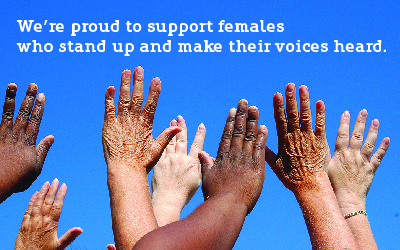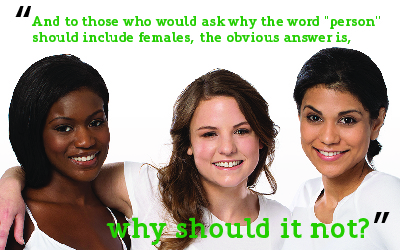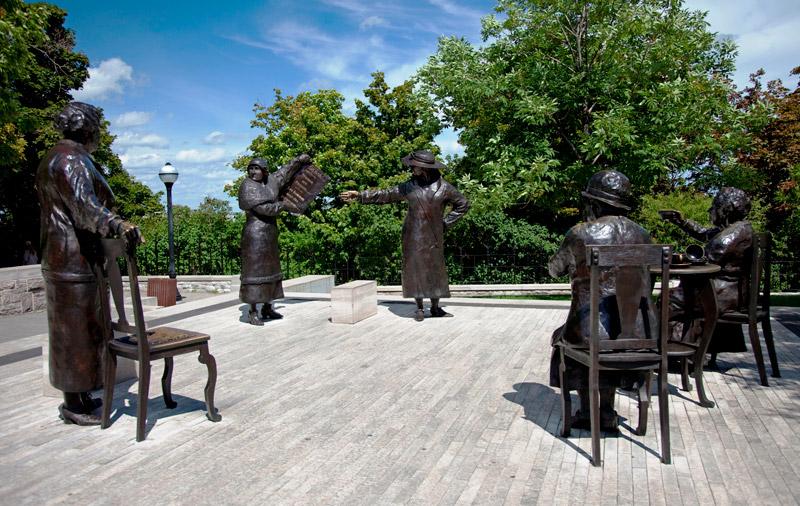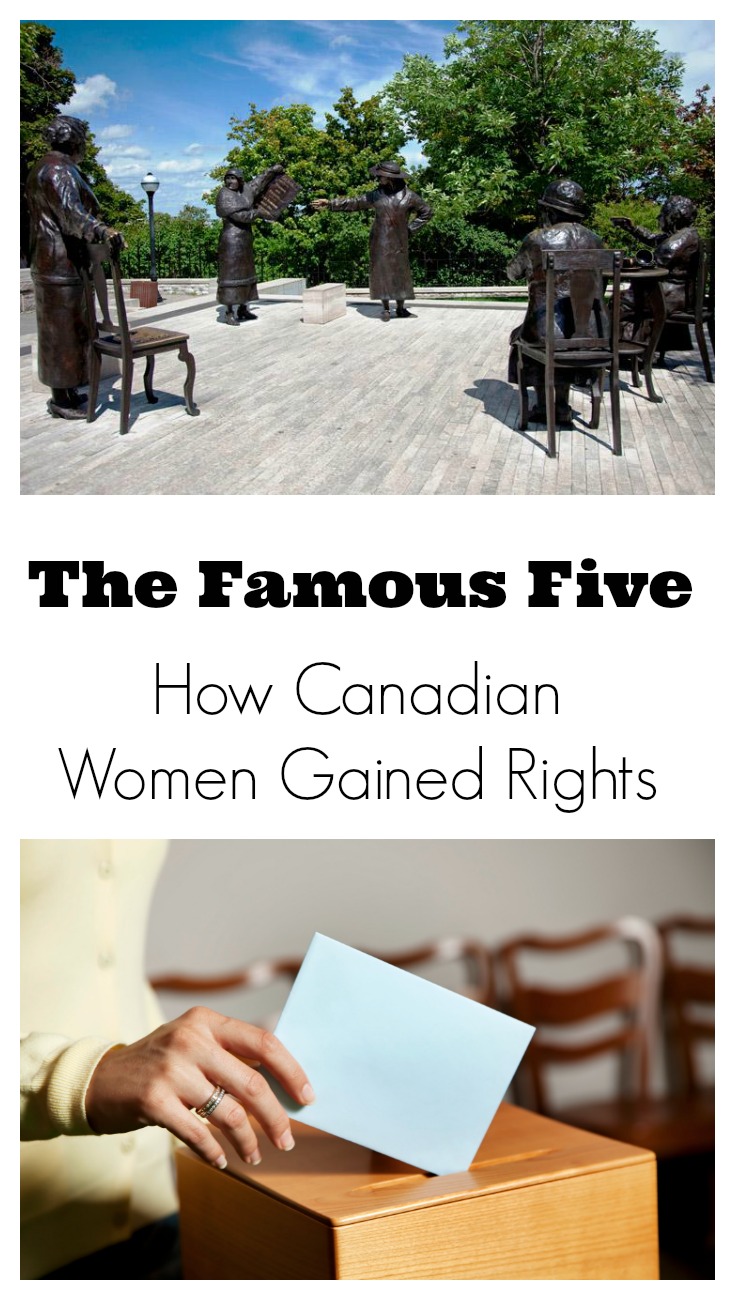The Famous Five: Our Reason for Celebrating Persons Day
 Every October, we celebrate Women’s History Month in Canada. Along with it, we recognize Persons Day, which we celebrate on October 18th each year.
Every October, we celebrate Women’s History Month in Canada. Along with it, we recognize Persons Day, which we celebrate on October 18th each year.
You might have noticed the hashtag #BecauseOfHer. It’s related to Persons Day and reminds us that all women’s voices matter. We’re proud to support females who stand up and make their voices heard. It creates positive changes for all of us.
So, how did Persons Day come to be? We can thank the Famous Five for their hard work and perseverance when it comes to continuing the movement for women’s rights and helping create this important recognition.
These five women were prominent journalists, magistrates and politicians from Alberta who were all influenced by the many reform movements that started to take place in the early twentieth century. Led by Emily Murphy, police magistrate for the City of Edmonton, they all campaigned for women’s right to vote. Together, they also began a legal quest in 1927 to make big changes in Canada, resulting in a major victory and turning point for women’s rights in Canada.
Persons Day

After years of turbulent times for women in Canada’s west, the Famous Five women asked the Supreme Court of Canada to answer if the word “person” in section 24 of the B.N.A. included female persons. After five weeks of debate, the Supreme Court ruled that the word “person” did not include women.
The Famous Five took their case to Canada’s highest court of appeal - the Judicial Committee of the Privy Council of Great Britain in London.
On October 18, 1929, the decision was announced:
"The exclusion of women from all public offices is a relic of days more barbarous than ours. And to those who would ask why the word "person" should include females, the obvious answer is, why should it not?"
The Famous Five had won the right for women to serve in the Senate and also paved the way for women to equally participate in other aspects of life in Canada.
October 18th became known as Persons Day and today we celebrate women’s rights and accomplishments as well as the Famous Five who helped lead the way.18th became known as Persons Day and today we celebrate women’s rights and accomplishments as well as the Famous Five who helped lead the way.

The Famous Five
Emily Murphy (1868-1933)
An accomplished author and mother of two, Emily Murphy moved to Edmonton in 1907. She led campaigns for women’s property rights and in 1916, she was the first woman in the British Empire to be appointed a police magistrate. A lawyer continually challenged her rulings by stating that she was not legally a “person.” This led her to begin the legal challenge known as the Persons Case.
Louise McKinney (1868-1931)
Louise McKinney played a major role in establishing the right to vote for Alberta women in 1916. Then in 1917, she was sworn into the Alberta Legislature, becoming the first women to sit in any legislature in the British Empire. She worked hard to initiate social assistance for widows and immigrants and also helped establish the Dower Act, which brought women property rights in marriage.
Irene Parlby (1868-1931)
Irene Parlby immigrated from England to Canada in 1896, marrying a rancher and settling in Alberta. In 1921, she was elected to the Alberta Legislature under the United Farmers of Alberta banner. She helped push through 18 bills to improve the lives of women and children. She was also the president of the United Farm Women of Alberta as well as a big advocate for rural Alberta women.
Nellie McClung (1873-1951)
Nellie McClung had a huge influence across the prairies. As a novelist, legislator, prohibitionist, suffragette and mother of five, she helped achieve many rights for women. She helped Manitoba women win the right to vote and continued the battle after moving to Edmonton in 1914. In 1921, she was elected to the Alberta Legislature. She was also the first woman on the Canadian Broadcasting Corporation (CBC)’s Board of Governors, a delegate to the League of Nations, and a Sunday school teacher.
Henriette Muir Edwards (1849-1931)
A student of law, Henrietta Muir Edwards organized the forerunner to the YWCA to provide vocational training for impoverished working women in 1875. She published and financed the first Canadian magazine for working women and wrote many books about the legal status of women.. She also helped establish the National Council of Women in 1890, serving as its convenor of laws for decades.

